
With rising rates of inflation and real estate, the durability of our living spaces has become a topic of increasing concern. Since sustainability and cost-efficiency are on many homeowners’ minds, understanding the lifespan of key household components is both practical and essential. So, let’s analyze the average lifespan of 11 key household components and how you can ensure the longevity of your home.
What Is the Average Lifespan of These Key Household Components?
1. Roofing
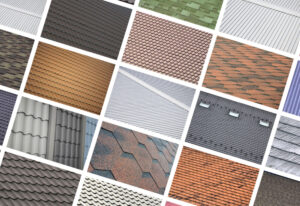
The roof is your home’s primary defense against the elements. However, its lifespan will vary significantly depending on your location, the building design, and the material.
For example, asphalt shingles usually last about 20 years. Fiber cement roofs last roughly 25 years, and wood shake roofs can offer up to 30 years of reliable protection. Meanwhile, metal roofing can protect your home for 50 years or more. Recent trends towards more sustainable options, like green roofs, offer even more options. Not only do they promise increased lifespan, but also improved energy efficiency.
2. HVAC Systems
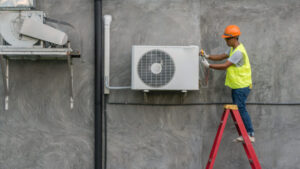
Heating, Ventilation, and Air Conditioning (HVAC) systems play a pivotal role in maintaining the comfort of your home. On average, these systems have a lifespan of 15 to 25 years with proper maintenance. Innovations in HVAC technology have led to greater energy efficiency. Furthermore, they adapt to climate change, offering homeowners more durable and sustainable systems.
3. Plumbing
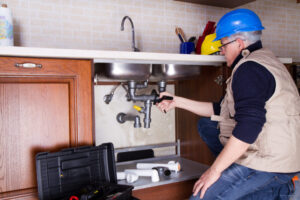
Plumbing systems are crucial for the day-to-day function of your home. Copper pipes can last over 50 years. On the other hand, PVC piping is a more cost-effective option. But, it has a shorter lifespan of 25 to 40 years.
Smart home technology is another advancement to consider. It can equip your home with technology that monitors for leaks and inefficiencies, potentially extending the life of your plumbing system. Therefore, you must determine what is best for your long-term plans and finances.
4. Electrical Systems
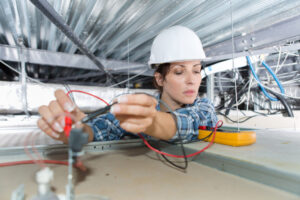
The electrical system is the backbone of any modern home. Since it safely distributes power to your appliances and devices, you should know the lifespan of these key household components. The good news is that well-maintained wiring, panels, and outlets can last decades.
However, upgrades are often needed to support new technology and ensure safety. Innovations like smart electrical panels allow homeowners to monitor energy consumption in real time. This promotes greater overall efficiency and safety.
5. Insulation
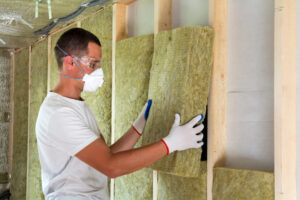
Proper insulation is crucial for comfort and minimizing heating and cooling costs. Materials like fiberglass, cellulose, and foam vary in lifespan and effectiveness. On the shorter end of the spectrum, cellulose usually lasts 20-30 years. Spray foam can last upwards of 50 years. Fiberglass and mineral wood have some of the best performance, potentially lasting more than 100 years under the right conditions.
Advancements in insulation technology offer better environmental performance and durability. Reflective and vacuum insulation panels represent the cutting edge, significantly enhancing a home’s energy efficiency.
6. Water Heater
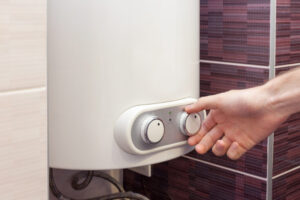
Water heaters are an essential component of home comfort, providing hot water for bathing, cleaning, and cooking. The lifespan of a water heater will depend on which type you choose.
Traditional tank water heaters typically last 10 to 15 years, while tankless water heaters can serve for 20 years or more. Solar water heaters represent the forefront of eco-friendly innovation, with lifespans extending up to 20-25 years. Additionally, they provide significant energy savings by harnessing solar power. With regular maintenance, including sediment flushing and checking for leaks, homeowners can extend the life of their water heaters, ensuring reliable and efficient operation for years to come.
7. Flooring

Flooring options vary widely in durability and style. Hardwood floors can last a century with proper care. Meanwhile, carpet typically needs replacement every 8 to 10 years. Other options like vinyl flooring will last you around 50 years. However, the lifespan of tile floors will vary depending on the quality and amount of foot traffic.
The trend towards eco-friendly materials, like bamboo and recycled composite, may offer more durable options at better prices in the future.
8. Kitchen Appliances

Kitchen appliances have also seen significant advancements in both efficiency and durability. Nowadays, refrigerators and dishwashers often come with smart features that can diagnose problems and suggest maintenance, extending their useful life. The average lifespan of major kitchen appliances is approximately 10 to 15 years, depending on usage, brand, and maintenance.
9. Windows
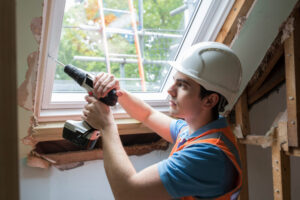
Windows play an important role in your home’s aesthetic, natural light, and energy efficiency. Therefore, many homeowners want to extend the lifespan of these household components.
Like many other items on this list, the life expectancy of windows depends largely on the material. Vinyl windows can last up to 30 years. While wood windows might need more frequent maintenance, they can last longer with proper care. Recent advancements include triple-glazing and smart windows that adjust their transparency to improve insulation and reduce energy costs.
10. Exterior Siding

Exterior siding not only defines the aesthetic appeal of your home but also protects it against the elements. Materials range from vinyl, which can last up to 40 years, to natural wood siding that, with meticulous maintenance, can endure for decades. Fiber-cement siding is a durable and low-maintenance option that has gained popularity for its resilience and eco-friendly attributes.
11. Gutters and Downspouts

Gutters and downspouts are pivotal in protecting your home from water damage. As part of your water maintenance system, they direct rainwater away from the foundation. Aluminum gutters can last up to 20 years, while copper gutters may last 50 years or more. Recent innovations include gutter guards and smart monitoring systems to prevent clogging and ensure efficient water flow.
Choosing Reliable and Efficient Materials
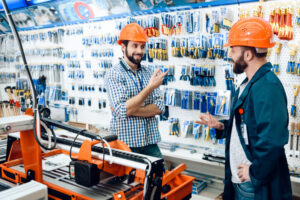
The lifespan of key household components, from roofing to gutters, significantly impacts sustainability and cost-efficiency. Understanding the expected performance of each element can help you make informed decisions about maintenance, upgrades, and replacements. By investing in regular upkeep and opting for innovative, durable materials, you can extend the life of your home’s infrastructure, enhance its energy efficiency, and reduce long-term repair costs. However, embracing new technology can ensure even greater comfort and sustainability for generations to come.
Read More
- Are You Losing Money on Outdated Home Systems?
- Save Money On Costly Repairs By Completing These Home Maintenance Tasks
Come back to what you love! Dollardig.com is the most reliable cash-back site on the web. Just sign up, click, shop, and get full cashback!



